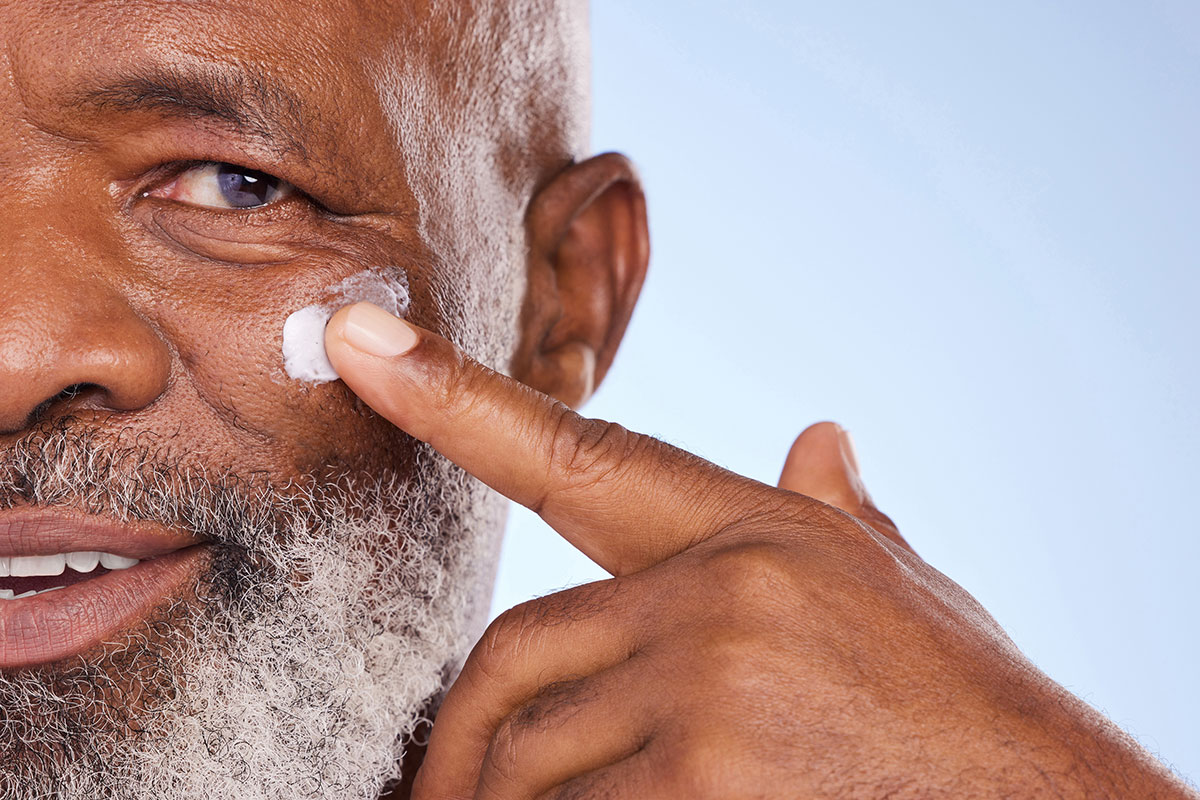
Popular Locations
- Yale New Haven Children's Hospital
- Yale New Haven Hospital - York Street Campus
- Yale New Haven Hospital - Saint Raphael Campus

Published July 15, 2022

Summertime is sun time. We may spend our days soaking up the rays, but it’s important to learn to spot any potential problems on our skin. Skin cancer is the most common cancer in the United States, and early detection can offer more treatment options.
There are three main types of skin cancer and each can look different. We turned to Jonathan Leventhal, MD, director of the Oncodermatology Clinic in the Melanoma Program at Smilow Cancer Hospital, and Mary Ann Bentz, MD, chief of dermatology at Lawrence + Memorial Hospital, to learn more.
Basal and squamous cell skin cancers are the most common types, according to Dr. Bentz. “These cancers are most often found in areas exposed to the sun, such as the head, lips, ear, neck, and arms, but they also can occur elsewhere,” she said. Added Dr. Leventhal, “Patients with sunburns are at increased risk for developing skin cancer.”
Warning signs of basal cell skin cancer can include a pink pimple-like growth on the skin, or a sore that doesn’t heal or bleeds. Squamous cells can be fast growing, painful to touch and look like a scaly, crusty or warty-looking lesion. Dr. Bentz cautions that these types of skin cancers can cause serious problems if they are not treated promptly. “Squamous cell cancers — particularly on the lips and ears — can spread to the lymph nodes,” she said.
Melanoma, the third type of skin cancer, is less common. It accounts for approximately one percent of skin cancers (although studies indicate that the risk of melanoma seems to be increasing in people under 40, especially women). It can be more serious because it is more likely to spread to other parts of the body if not caught in the early stage, according to Dr. Leventhal.
Melanomas most often appear on areas that have been exposed to the sun, “especially your back, legs, arms and face,” said Dr. Leventhal. However, melanomas can also occur in areas that don't receive much sun exposure, such as the soles of your feet, palms of your hands and fingernail beds. Signs of melanomas include a dark spot that changes in size, shape or color or starts to bleed or itch. Risk factors include having many moles or a family history of skin cancer or certain genetic syndromes. Exposure to tanning beds also increases the risk of melanoma.
Dr. Leventhal and Dr. Bentz recommend regular skin self-exams to check for signs of skin cancer. “Look with intention,” said Dr. Bentz. “Get a hand mirror and use it to look at the places you can’t readily see – like your back and the backs of your legs and neck.” If you have risk factors, schedule an annual skin check with your dermatologist.
Dr. Leventhal and Dr. Bentz recommend these tips for protecting your skin while outdoors:
Being vigilant is the most important thing for your skin, said Dr. Bentz. “If you think you have reason to be worried – if you see something that isn’t healing or that looks unusual to you – call your doctor,” she said. “Is it new? Is it growing? Is it refusing to heal? Don’t wait too long. It can make a difference.”